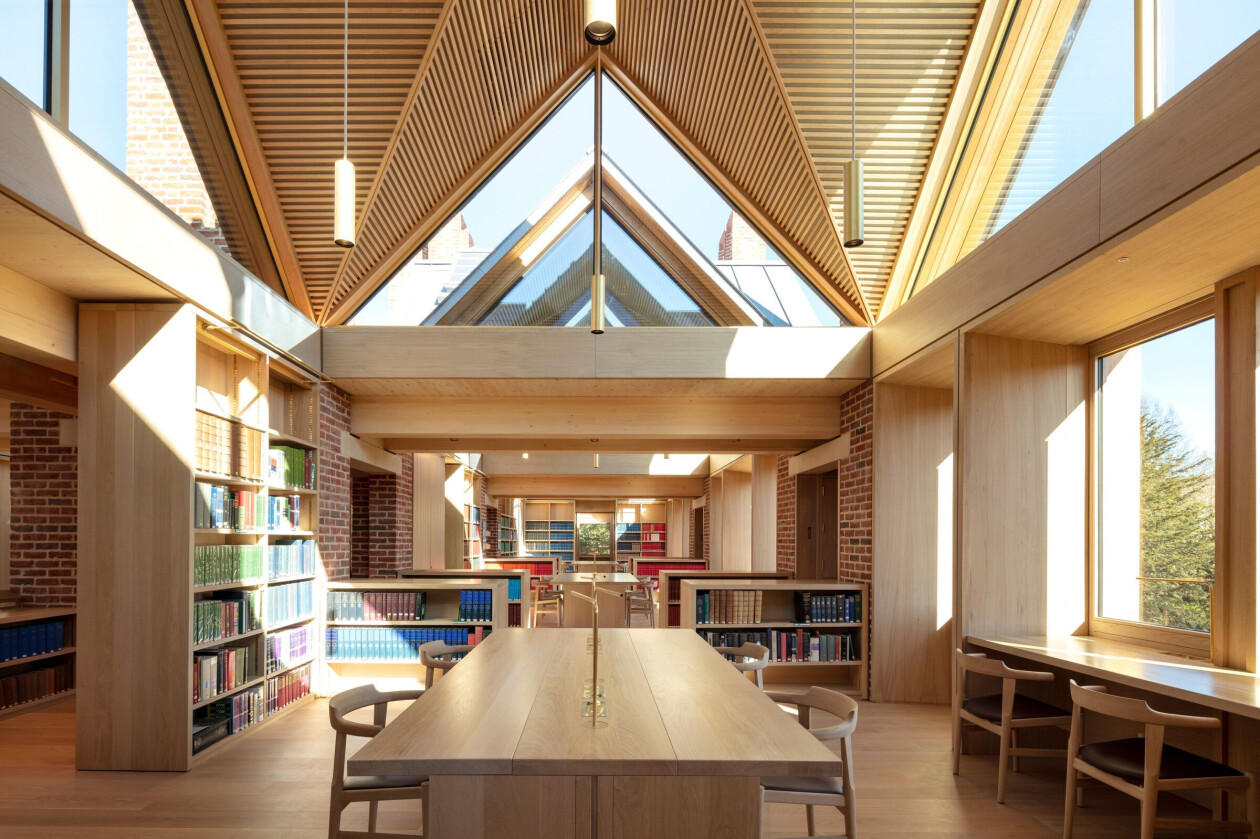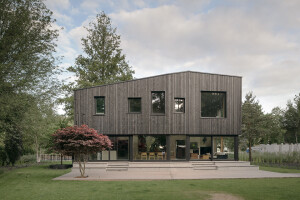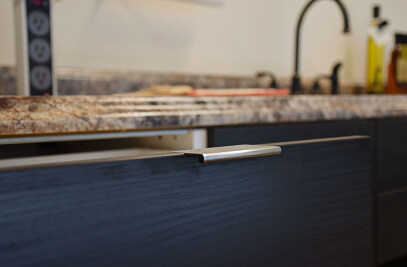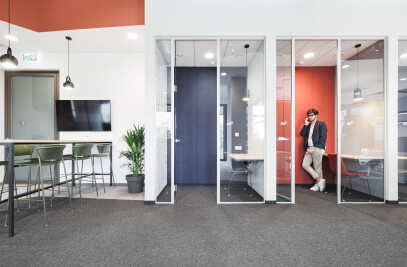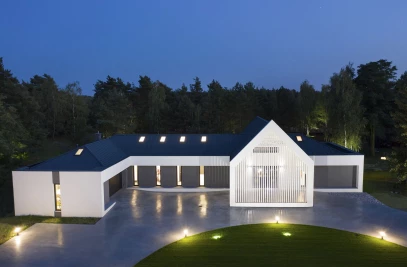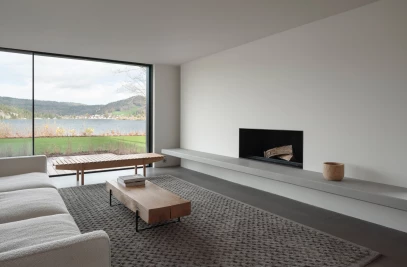Traditionally, a library is often remembered as a place of quiet study, filled with hushed tones and old-fashioned librarians. However, today’s libraries will typically offer an array of community-centered, cultural, social, and inclusive activities and facilities, programmed within open and contemporary spaces. More and more, today’s school, university, public, and community libraries are mixing quiet areas that encourage educational pursuits with those that embrace recreation.
One material that is increasingly used in modern-day library interiors is wood. An exceptionally versatile building material, wood is hard-wearing and offers structural rigidity, especially when using engineered timber. Wood is a sustainable and renewable resource with a low, even negative, carbon footprint. A wonderfully natural and aesthetic material, wood creates a sense of calm and warmth. In a library setting, the use of wood in the interior design will positively impact visual, auditory, and tactile sensations, reduce stress, and influence psychological well-being.
Wood is a perfect backdrop to the library’s increasing role in both study and recreation. The libraries featured here showcase the versatility of wood in creating a diverse range of warm interiors.
1. The New Library, Magdalene College
Designed by Níall McLaughlin Architects, the new library at Magdalene College, a constituent college of the University of Cambridge, England, makes significant use of engineered timber in its construction. Based on a “logical latticework of interrelated elements,” the mix of wood and brick creates a lofty space filled with cosy nooks and niches.
2. Library of Philology at University Munich LMU
The Library of Philology at the Ludwig Maximilian University of Munich (LMU) is part of a historic early 19th century building. Designed by Cukrowicz Nachbaur Architekten, the library is located in a new volume that faces a public square. Double-height main floors are punctuated by wooden galleries and book shelves.
Wutopia Lab designed the interior of the cathedral-like Zikawei Library in Shanghai, China. A towering architectural homage to books and reading, the library’s surreal appearance captures the idea of “magical realism”. 3D printing was used to create the pagoda-like structure. A blend of ancient and modern, the design meshes the Western basilica and the Eastern pagoda: “the traditional wooden structure [with] modern printing technology,” says Wutopia Lab.
4. Albert B. Weaver Science-Engineering Library and Main Library
The Miller Hull Partnership, in association with Poster Mirto McDonald, renovated the Science-Engineering Library and Main Library at the University of Arizona in Tucson, USA. The central wooden stairway acts as an auditorium space, a meeting point, and a relaxed place to work.
Designed by Carlana Mezzalira Pentimalli, the wooden paneling and shelving at Brixen Public Library in Brixen, Italy, creates a soft and pleasing, almost cocoon-like, backdrop.
6. Historisches Archiv und Rheinisches Bildarchiv
Designed by Waechter + Waechter Architekten, this library in Cologne, Germany, houses the holdings of the Historical Archive and the Rhenish Picture Library. White oiled Douglas fir lines a ground floor exhibition room and upper level reading room, creating a light, calm, and studied environment.
7. Tamagawa Takashimaya Grand Patio
Yuko Nagayama & Associates renovated a 50-year-old commercial building in Tokyo, Japan, to create an interior that resembles both a park and private library. Necklace-like suspended ceiling lights sparkle throughout the space and wooden bookcases, made using scrap wood, hug the lower parts of a number of tall concrete columns. This scrap wood was also used to create interior finishes, such as the flooring, and furniture.
8. Lea Bridge Library Pavilion
In London’s East End, Studio Weave extended the Grade II listed Lea Bridge Library, adding a cafe and community space, and improving connection with the garden. Studio Weave’s design explored the changing role of library spaces, embracing both work and recreation. The interior is very much a study in the beauty and versatility of wood. Cantilevered beams of high-strength laminated veneer lumber (LVL) support a length of overhead glazing and a floating ceiling of timber battens. A continuous wall of fluted timber joinery connects bookshelves to built-in banquette seating. Notably, the joinery and furniture were built using salvaged timber. (Read more about the mass timber of Lea Bridge Library on Archello.)
The Zheshui Natural Library is located in Zheshui Village, in a mountainous province of central China. Designed by LUO Studio, this simple and clever construction attaches the library’s structure to a mass of rock. Conceived as a bookshelf, it provides three functions: the column-grid structure, a place to sit, and shelving for books. To save materials, LUO Studio used thin pieces of wood for columns and beams. Gaps between columns are filled with glass bricks.
In Kressbronn, Germany, Steimle Architekten transformed a historic barn into a contemporary, accessible library. While much of the building’s wooden structure is located externally on the saddleback roof and facade, internally, wooden support columns, stairs, frames, and bookcases blend harmoniously with the concrete core, helping to warm the space.
